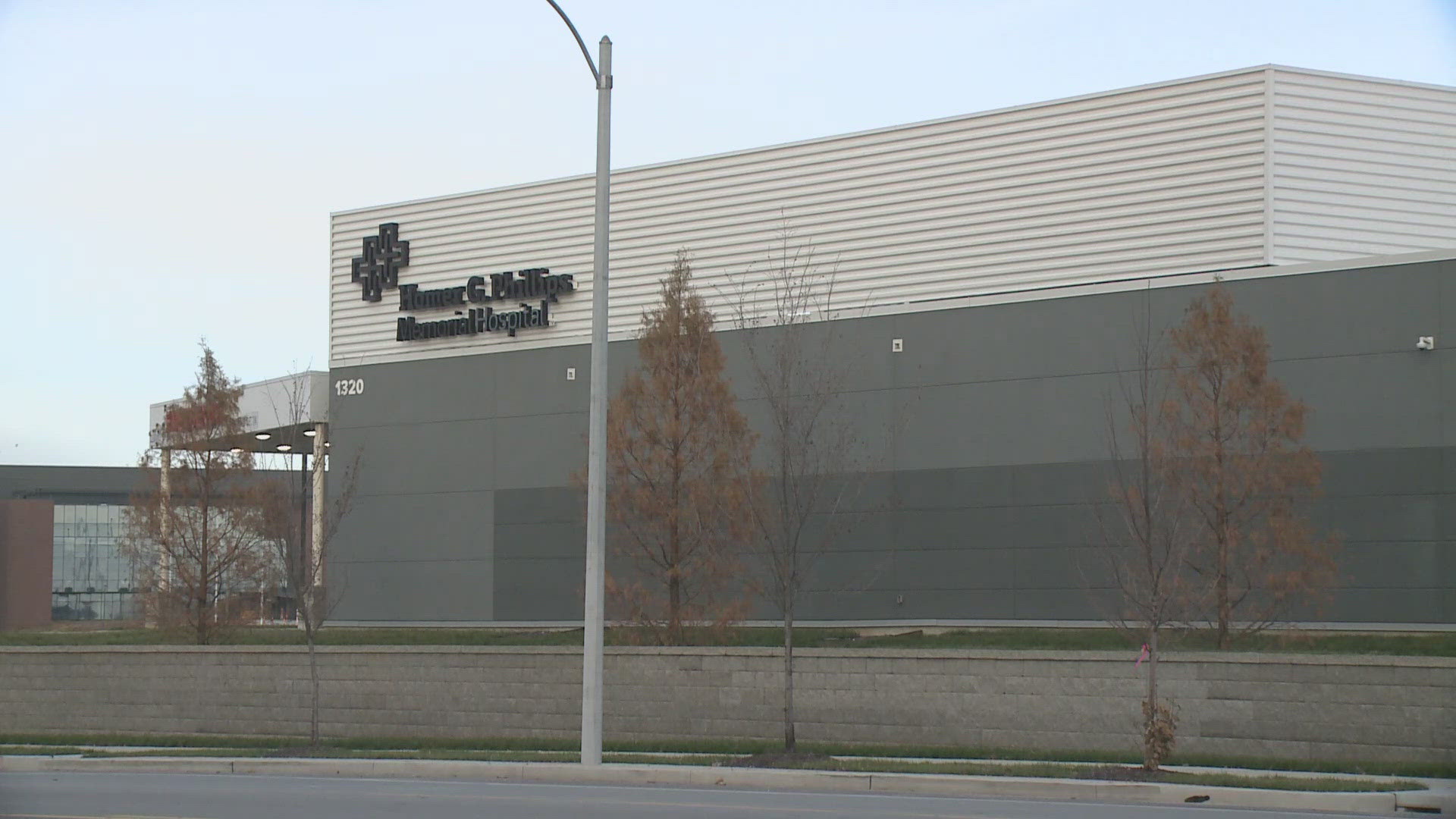Grand Center Arts Academy, a local Charter School focusing on academics and the performing arts, is going where it’s never gone before -- into space!
GCAA, in partnership with Enterprise in Space, plans to send student experiments into space on the EXOS Sarge rocket next month in New Mexico.
The co-founder of EXOS Aerospace, John Quinn will be in St. Louis next month for the International Space Development Conference.
Quinn suggested that a local team of students will be allowed to participate and reach out to Christine Nobbe, an instructional coach at GCAA. Nobbe recruited teachers Andrew Goodin, Luke Stegmann and Alicia Dunn to help the 6th to 8th-grade students with the design, biology and physics aspects of the project.
The experiments are enclosed a small cube that was designed and printed on a 3-D printer in the classroom.
“Within two weeks of hearing about the project idea our students had developed experiments that they wanted to send to space and then they pitched those to the class, the class voted on which experiments they thought would be the most interesting and we have mailed the box off to New Mexico to launch May 20th,” said Andrew Goodin.
The bright orange cube is filled with everyday items like gel pens, colored pencils, a pack of gum and sticky note pads. It also includes small zipper bags with popcorn kernels, jalapeno seeds, sugar maple tree seeds, crayon shaving and vials of body lotion and sunscreen. Each experiment has a purpose, but the main purpose is to find out what, if anything, happens when they are exposed to being in space.
On launch day, the students will be able to watch a live feed of the rocket launch. It will leave the earth’s atmosphere, be in space for about 4 minutes, then return to earth. In total, it take about 20 minutes from launch to recovery.
Korissa Smith, a 7th-grade student, wants to find out what happens to Sticky Notes.
“I think it’s going to lose its stickiness because of all of the things it goes through, mainly because of its temperature and radiation,” said Smith.
Sixth-grader Clara Bittle wants to know if crayon shavings packed with a piece of paper will make any markings. “I think that when it goes up it might move around and it might draw something or it might melt, I don’t really know,” Bittle says.
And that’s the whole point of experimenting, to create a scientific theory, test it and then examine the results.
“It's an incredible opportunity to have the authenticity of actually sending experiments to space. Students were thrilled by this concept and were vigorously working to come up with the coolest experiments that they wanted to send,” said Goodin.
“In order to run many of the experiments, we’re keeping a control box here in St. Louis with the same experiments that are being launched into space and that way we’ll be able to compare what the effect of space was on the student experiments.”


